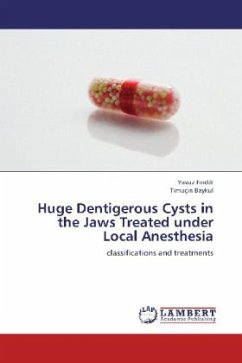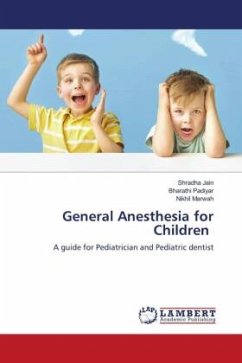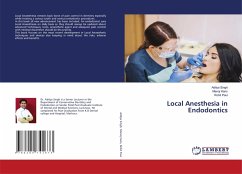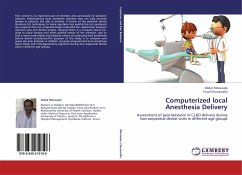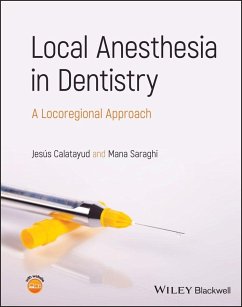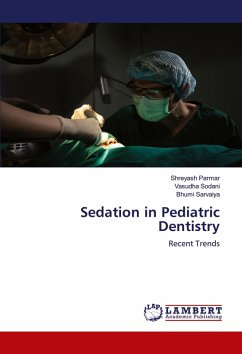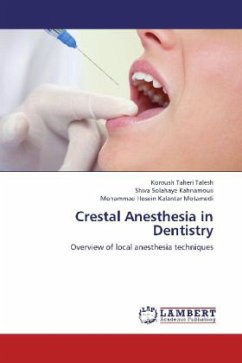
Crestal Anesthesia in Dentistry
Overview of local anesthesia techniques
Versandkostenfrei!
Versandfertig in 6-10 Tagen
32,99 €
inkl. MwSt.

PAYBACK Punkte
16 °P sammeln!
Current infiltration techniques for achieving anesthesia in dental procedures are not applicable in posterior mandibular regions because of dense cortical bone. The aim of this study was to evaluate the efficacy of a specific infiltration anesthesia technique in posterior mandibular teeth instead of the inferior alveolar nerve block for restorative procedures. Crestal anesthesia (CA) was assessed both clinically and by computed tomography scan for its efficacy and side effects and compared to the inferior alveolar nerve block. Block anesthesia needed about five times more anesthetic solution f...
Current infiltration techniques for achieving anesthesia in dental procedures are not applicable in posterior mandibular regions because of dense cortical bone. The aim of this study was to evaluate the efficacy of a specific infiltration anesthesia technique in posterior mandibular teeth instead of the inferior alveolar nerve block for restorative procedures. Crestal anesthesia (CA) was assessed both clinically and by computed tomography scan for its efficacy and side effects and compared to the inferior alveolar nerve block. Block anesthesia needed about five times more anesthetic solution for initiating the anesthesia. The majority of patients that received CA were pleased with this technique. CA can be considered as a reliable and safe primary injection in posterior mandibular teeth for restorative treatments.




